Home>Garden Essentials>What Size Pump Do I Need For My Water Fountain
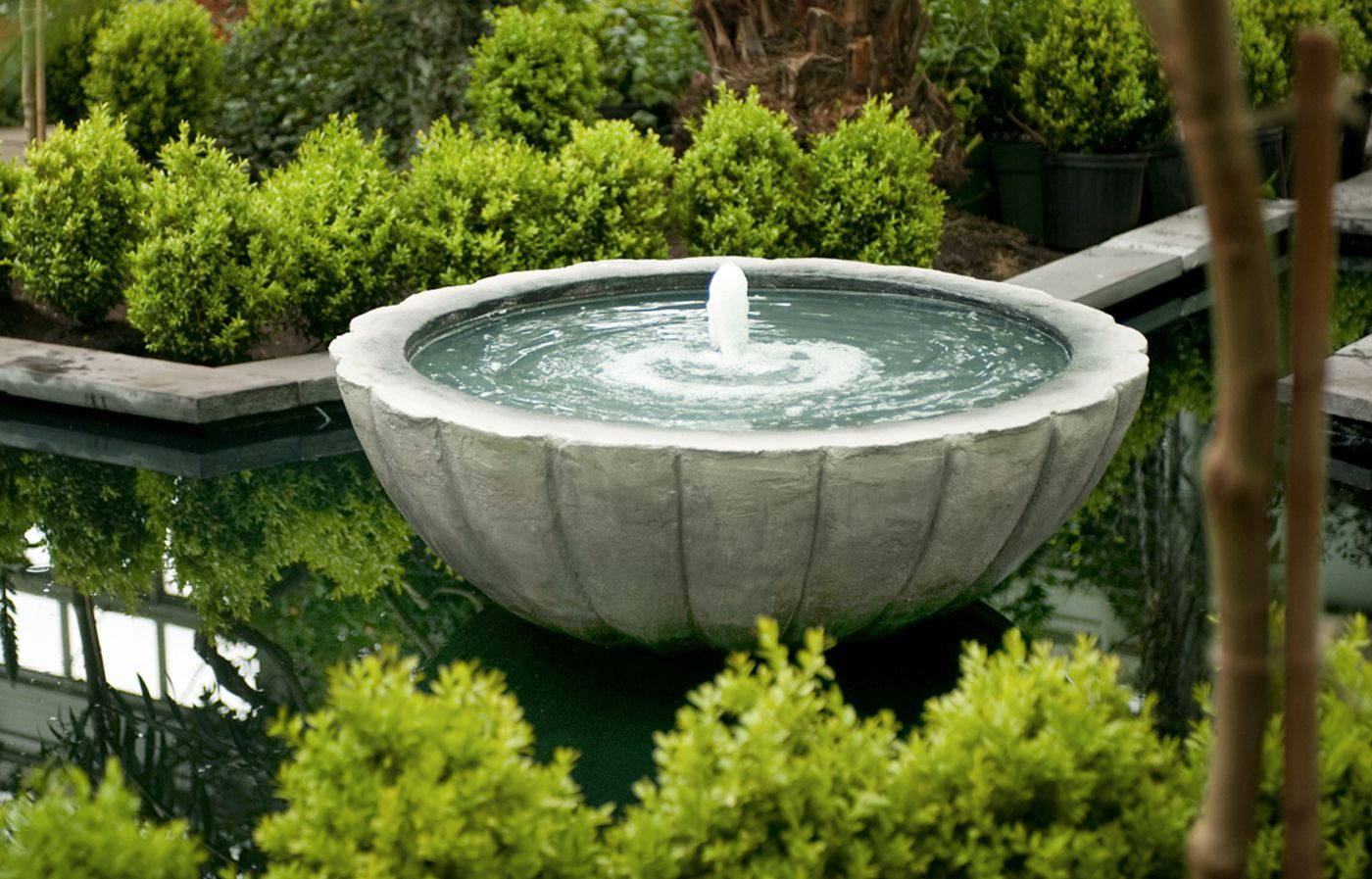

Garden Essentials
What Size Pump Do I Need For My Water Fountain
Modified: March 16, 2024
Find the perfect pump size for your garden water fountain with our helpful guide. Ensure proper water flow and maximize the beauty of your garden.
(Many of the links in this article redirect to a specific reviewed product. Your purchase of these products through affiliate links helps to generate commission for Storables.com, at no extra cost. Learn more)
Introduction
Welcome to the world of water fountains! Whether you have a small tabletop fountain or a grand outdoor display, a properly sized pump is essential for its optimal performance. The right pump size not only ensures the smooth flow of water but also helps maintain the longevity of your fountain.
In this article, we will explore the importance of choosing the correct pump size for your water fountain. We will discuss the factors that influence this decision, provide guidance on calculating the required pump size, and highlight the pump size requirements for different types of fountains. Additionally, we will cover common mistakes to avoid when choosing a pump to ensure you make an informed decision.
By the end of this article, you will be equipped with the knowledge to confidently select the perfect pump size for your water fountain, ensuring hours of mesmerizing beauty and soothing sounds in your garden or home.
Key Takeaways:
- Choose the right pump size for your fountain by considering factors like size, water capacity, and desired water effect. Calculate the required pump size to ensure optimal performance and longevity.
- Avoid common mistakes like underestimating or overestimating pump size, neglecting vertical lift, and disregarding budget. Make an informed decision to enjoy the beauty and soothing sounds of your fountain.
Factors to Consider When Choosing the Right Size Pump
Choosing the right size pump for your water fountain involves considering several key factors. These factors will help determine the flow rate and pressure required to maintain the desired water effect. Let’s delve into each factor:
- Fountain Size: The size of your fountain plays a crucial role in determining the pump size. Larger fountains typically require more powerful pumps to ensure adequate water circulation.
- Water Capacity: The amount of water your fountain can hold is another important consideration. A larger water capacity will require a pump with a higher flow rate to maintain consistent water movement.
- Desired Water Effect: Consider the type of water effect you want to achieve. Do you prefer a gentle trickle or a dramatic cascade? Different water effects require varying flow rates and pressure, so choose a pump that can deliver your desired effect.
- Vertical Lift: If your fountain has elevation changes, such as water flowing uphill or through multiple tiers, you need to account for the vertical lift. A higher lift will require a more powerful pump to overcome gravity and maintain a steady flow of water.
- Piping and Hose Length: The length and diameter of the pipes or hoses used in your fountain system impacts the pump’s performance. Longer and narrower pipes or hoses can cause friction, reducing the flow rate. Ensure that your pump is capable of compensating for these factors.
- Power Source: Consider the available power source near your fountain. Determine if you have access to an electrical outlet or if a solar-powered pump is more suitable for your needs. The power source available will limit your pump options.
- Budget: Lastly, consider your budget. Pumps come in a range of sizes and prices. It’s important to find a balance between your budget and the necessary pump size for your fountain.
By taking these factors into account, you can make an informed decision when selecting the right pump size for your water fountain. Next, let’s explore how to calculate the required pump size.
Calculating the Required Pump Size
Calculating the required pump size for your water fountain involves understanding the flow rate and head pressure needed to achieve your desired water effect. Follow these steps to determine the right pump size:
- Measure the Water Flow: Determine the amount of water flow you desire for your fountain. This can be measured in gallons per hour (GPH) or liters per hour (LPH).
- Calculate the Total Head Pressure: Measure the total head pressure, which is the resistance the pump must overcome to push water through the fountain. It is calculated by adding the vertical lift, pipe friction, and any other obstructions in the system.
- Select the Pump: Find a pump that can deliver the required flow rate and head pressure. Be sure to check the pump’s specifications to ensure it meets your calculated values.
- Consider Safety Factors: It is recommended to choose a pump that slightly exceeds the calculated requirements. This accounts for any unforeseen factors and helps maintain optimal performance.
- Installation and Testing: Once you’ve selected the pump, install it in your fountain system and test its performance. Make adjustments if necessary to achieve the desired water effect.
Remember that these calculations are guidelines, and individual fountains may have unique requirements. It’s always a good idea to consult the manufacturer’s recommendations or seek professional advice if you’re unsure about the pump size.
Now that we have covered the calculation process, let’s explore the pump size requirements for different types of water fountains.
When choosing a pump for your water fountain, consider the height and width of the fountain, as well as the desired flow rate. A good rule of thumb is to choose a pump that can circulate the total volume of water in the fountain in 1-2 hours.
Types of Water Fountains and Their Pump Size Requirements
Water fountains come in various shapes, sizes, and designs, each with its own pump size requirements. Here are some common types of water fountains and the pump sizes typically recommended for them:
- Tabletop Fountains: Tabletop fountains are small, compact fountains designed for indoor use, such as on a desk or tabletop. These fountains usually require a pump with a flow rate of around 100-200 GPH (gallons per hour) to create a soothing water flow without causing splashing or overflow.
- Wall-Mounted Fountains: Wall fountains are mounted to a wall or vertical surface, often featuring cascading water down a decorative backdrop. The pump size for wall-mounted fountains typically ranges from 200-400 GPH, depending on the desired water flow and height of the fountain.
- Tiered Fountains: Tiered fountains consist of multiple levels or tiers, with water flowing from the top to the bottom. The pump size for tiered fountains varies based on the number of tiers and the desired water flow rate. As a general guideline, a flow rate of 400-800 GPH is often sufficient for most tiered fountains.
- Statue Fountains: Statue fountains feature a central statue or sculpture from which water flows, creating an elegant focal point. The pump size for statue fountains depends on the size of the statue and the desired water flow rate. A pump with a flow rate of 500-1000 GPH is commonly used for medium-sized statue fountains.
- Pond Fountains: Pond fountains are larger, more powerful fountains designed for outdoor ponds. The pump size for pond fountains depends on the size of the pond and the desired water pattern. Larger ponds may require pumps with flow rates ranging from 1000 GPH to several thousand GPH.
It’s important to note that these are general guidelines, and the pump size may vary based on specific design elements and requirements of your fountain. Always refer to the manufacturer’s recommendations or consult a professional for accurate pump size requirements for your specific water fountain.
Now that we have discussed different types of fountains, let’s highlight some common mistakes to avoid when choosing a pump size.
Common Mistakes to Avoid When Choosing a Pump Size
When selecting a pump size for your water fountain, it’s important to avoid these common mistakes:
- Underestimating the Pump Size: One common mistake is choosing a pump that is too small for the fountain’s requirements. An undersized pump may not provide enough flow rate or pressure, leading to insufficient water movement and an underwhelming water effect.
- Overestimating the Pump Size: On the other hand, selecting a pump that is too powerful can lead to excessive water flow, splashing, and potential water loss. It can also put unnecessary strain on the fountain’s structure and components, shortening their lifespan.
- Not Considering Vertical Lift: Neglecting to account for the vertical lift in your fountain system can result in inadequate water flow to higher tiers or obstacles. Be sure to measure the total vertical lift and select a pump that can handle this requirement.
- Ignoring Power Consumption: Different pump sizes have varying power requirements. It’s crucial to consider the power consumption of the pump you choose to ensure it aligns with the available power source and your energy efficiency goals.
- Neglecting Noise Level: Larger pumps tend to produce more noise, which may be undesirable in certain settings. Take into account the noise level of the pump and select one that maintains a balance between performance and noise level.
- Not Accounting for Maintenance: Some pump sizes may require more maintenance and cleaning than others. Consider the ease of maintenance and accessibility of the pump when making your decision to ensure it fits your needs and lifestyle.
- Disregarding Budget: While it’s important to select a pump that meets your fountain’s requirements, it’s equally important to consider your budget. Avoid overspending on a pump that exceeds your needs unless it’s necessary for your desired water effect or long-term durability.
By avoiding these common mistakes, you can make a well-informed decision and choose the right pump size for your water fountain, ensuring optimal performance and longevity.
Now that we have covered the common mistakes, let’s wrap up this article.
Read more: What Size Belt Do I Need For My Lawnmower
Conclusion
Choosing the right pump size is crucial for the optimal performance and longevity of your water fountain. By considering factors such as fountain size, water capacity, desired water effect, vertical lift, piping, power source, and budget, you can make an informed decision and select the perfect pump for your fountain.
Remember to calculate the required pump size by measuring the desired water flow and total head pressure. This will ensure that you choose a pump that can deliver the necessary performance for your fountain. Additionally, be mindful of the specific pump size requirements for different types of fountains, such as tabletop fountains, wall-mounted fountains, tiered fountains, statue fountains, and pond fountains.
Avoid common mistakes, such as underestimating or overestimating the pump size, neglecting vertical lift, ignoring power consumption and noise level, and disregarding maintenance and budget factors. These mistakes can compromise the performance, aesthetics, and functionality of your fountain.
By following the guidelines provided in this article, you now have the knowledge to confidently select the right pump size for your water fountain. Enjoy the mesmerizing beauty and soothing sounds of your fountain as it becomes the centerpiece of your garden or home.
Remember, if you have any doubts or specific requirements, it is always advisable to consult the manufacturer’s recommendations or seek advice from professionals in the field. Now go ahead and enhance your fountain experience with the perfect pump size!
Frequently Asked Questions about What Size Pump Do I Need For My Water Fountain
Water flow rate (in gallons per hour) = (Fountain volume in gallons) / (Desired circulation time in hours).
For example, if your fountain holds 20 gallons of water and you want the water to circulate every hour, you would need a pump with a flow rate of at least 20 gallons per hour.
Was this page helpful?
At Storables.com, we guarantee accurate and reliable information. Our content, validated by Expert Board Contributors, is crafted following stringent Editorial Policies. We're committed to providing you with well-researched, expert-backed insights for all your informational needs.
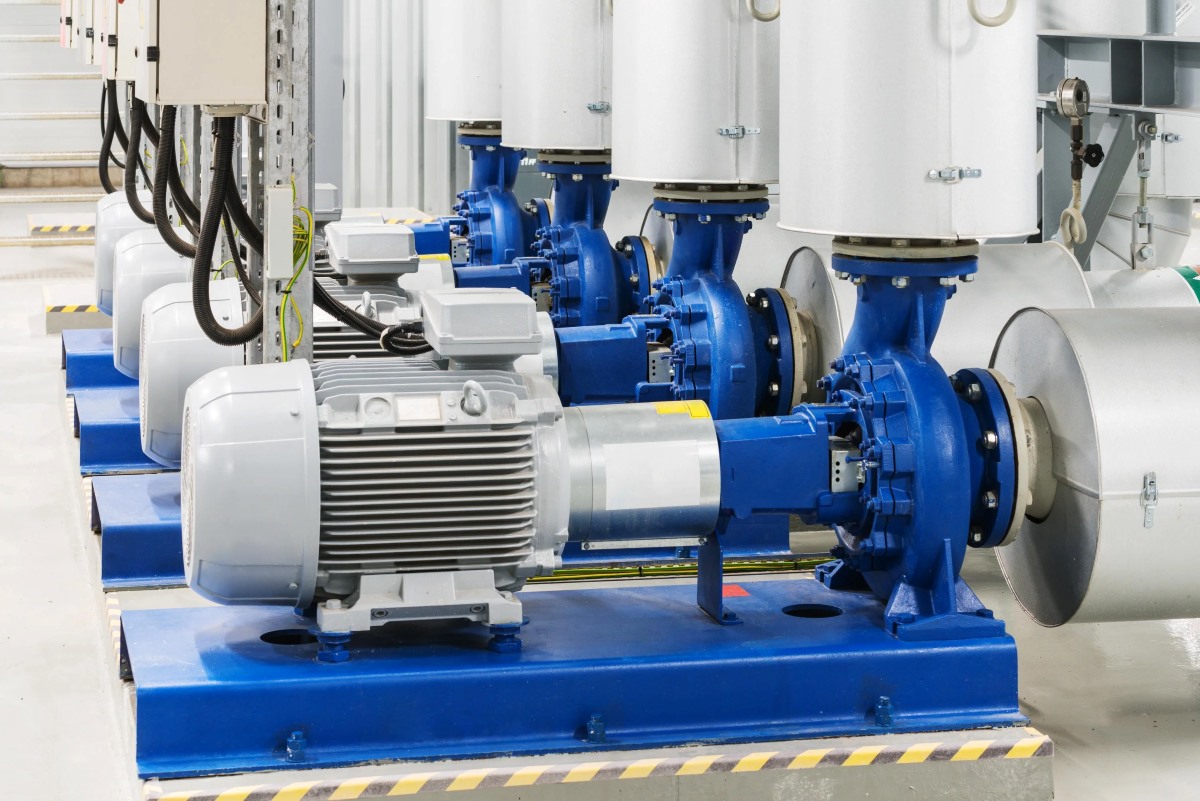
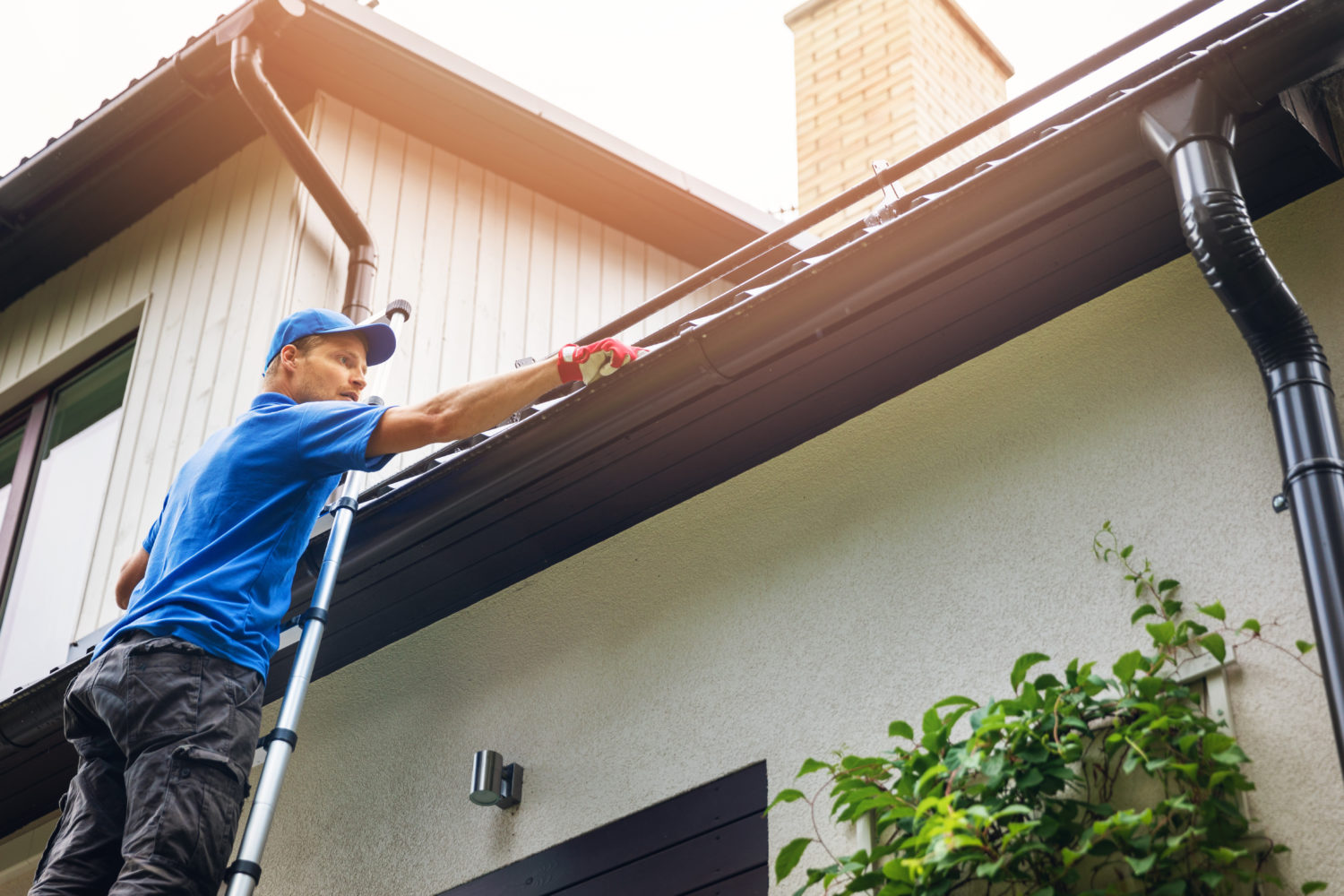
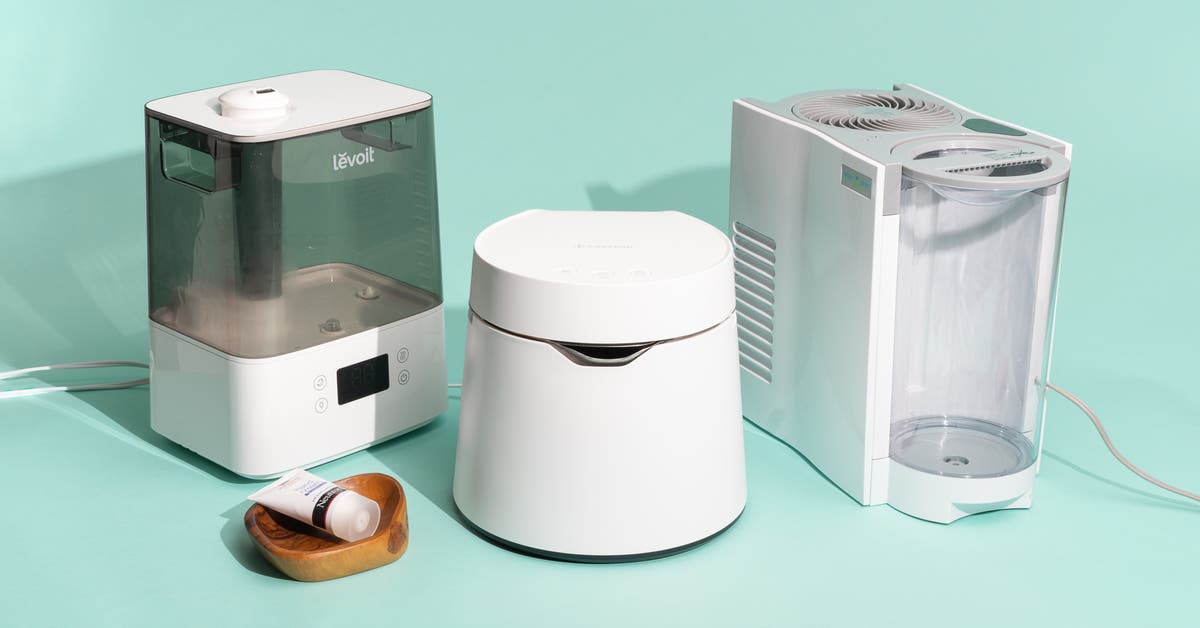

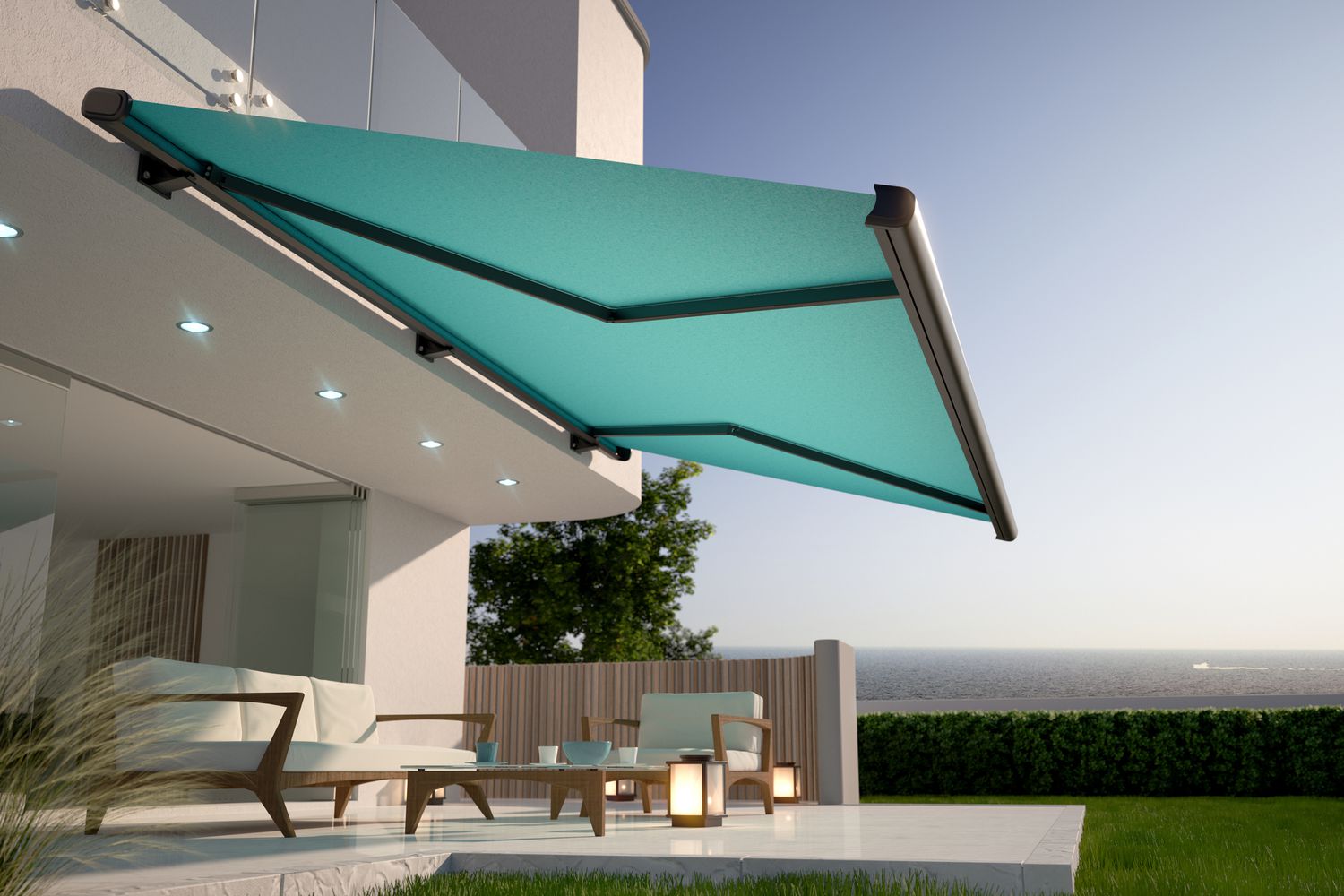
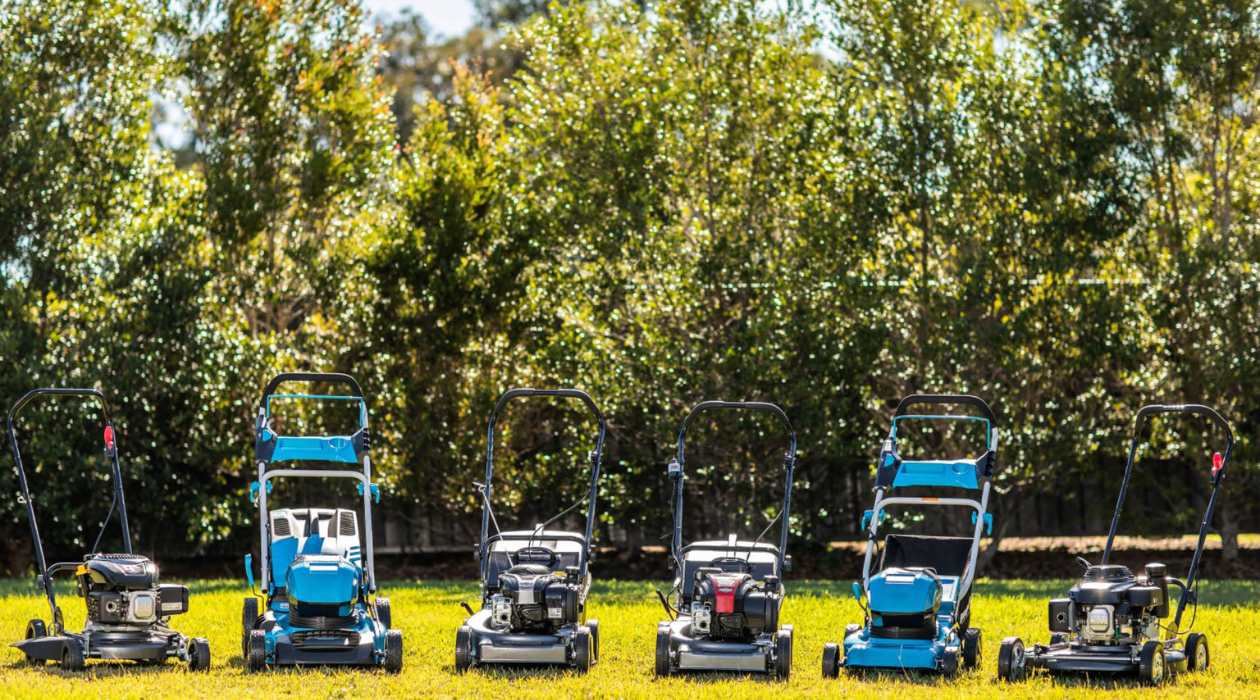
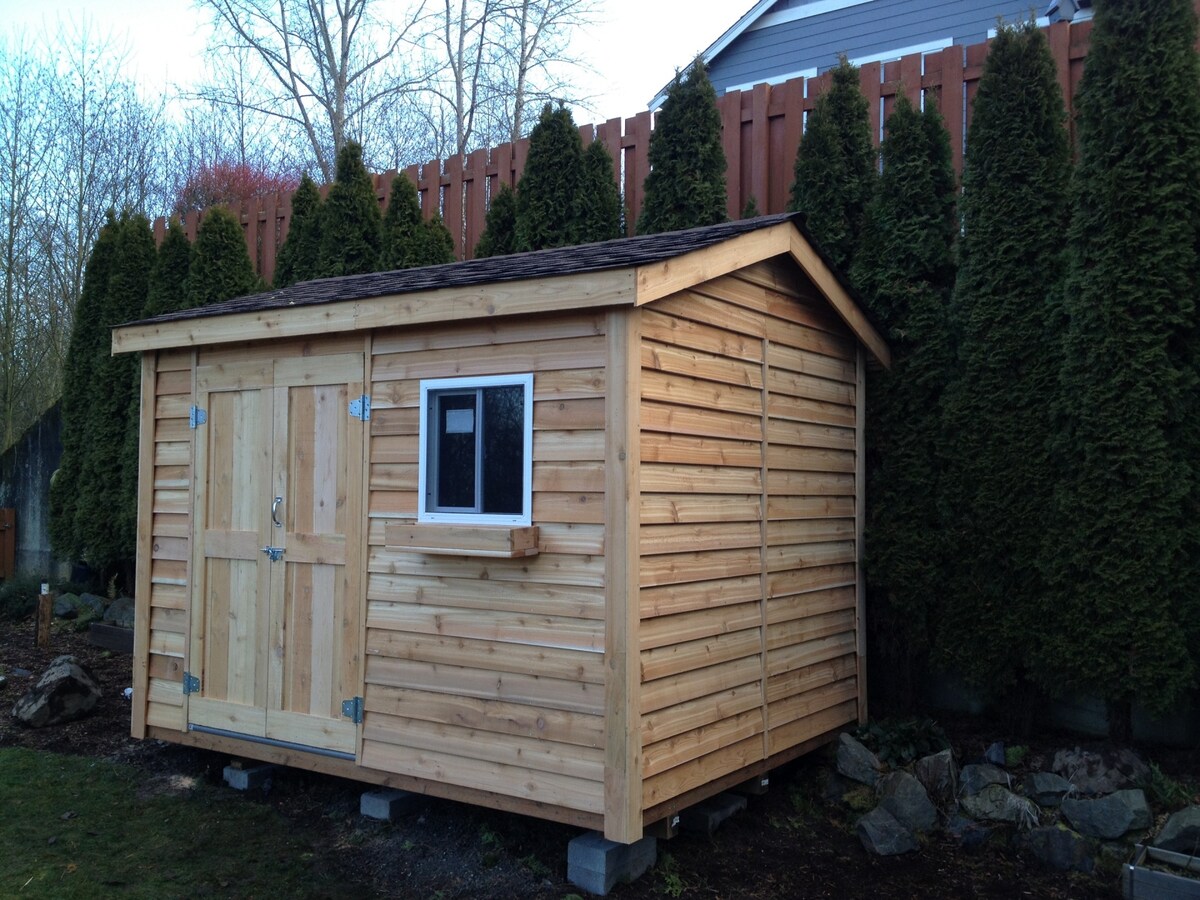


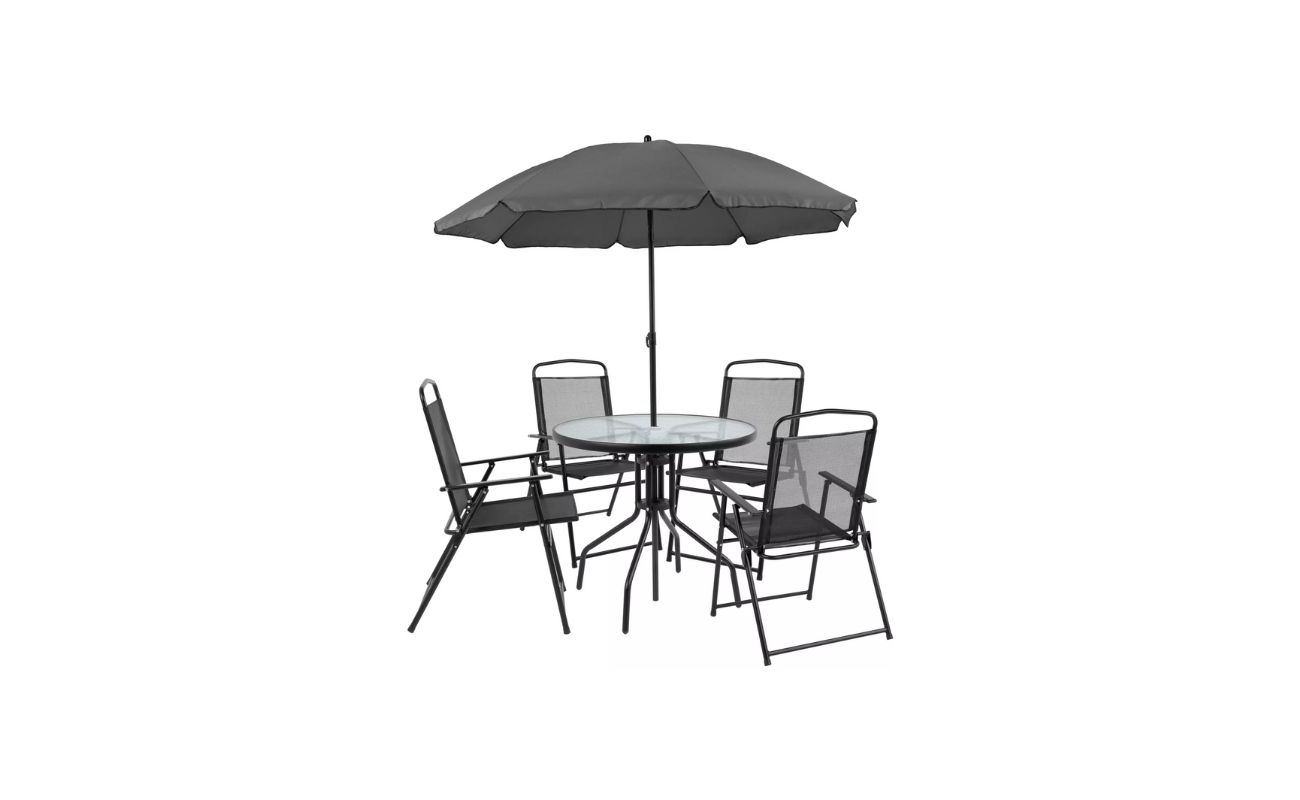
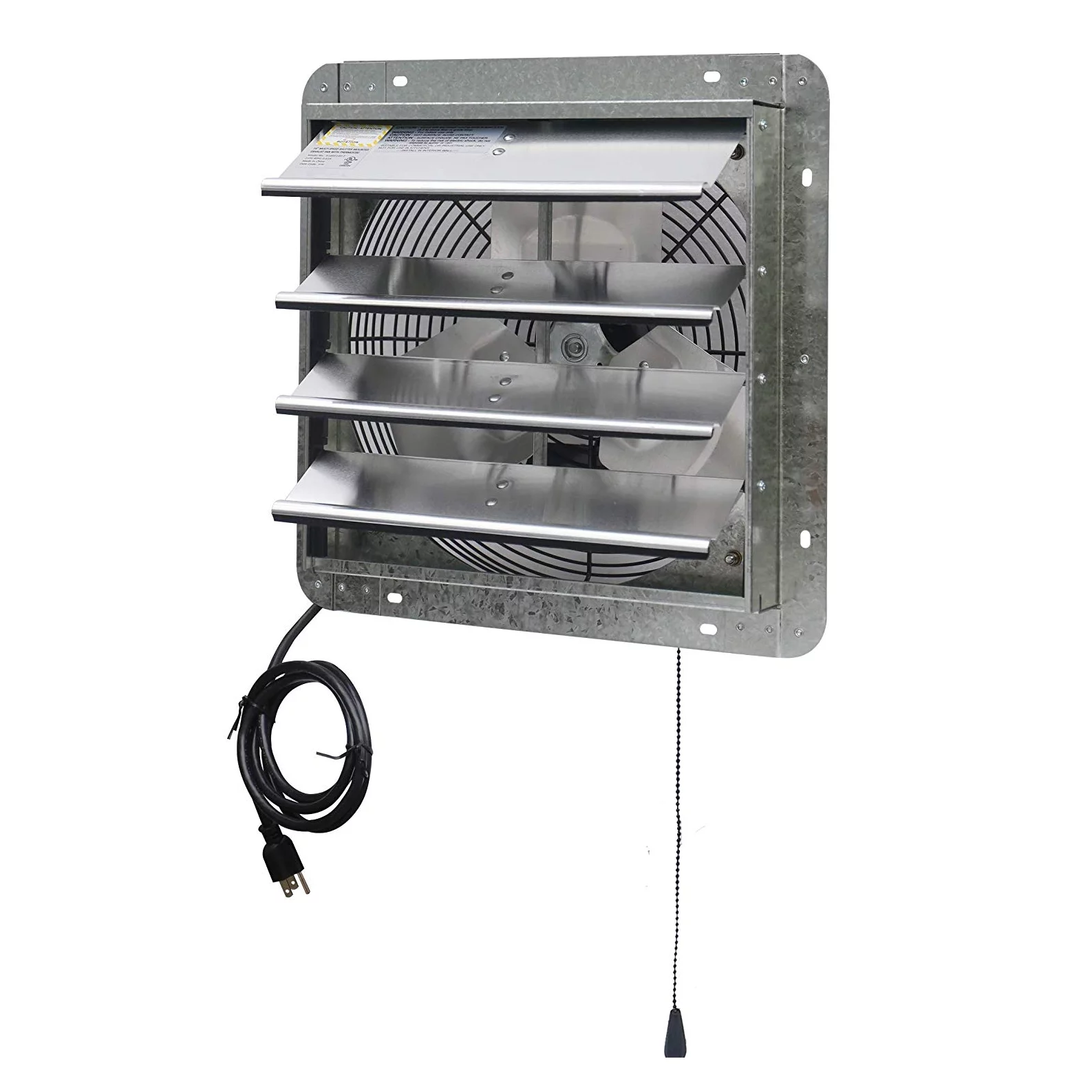
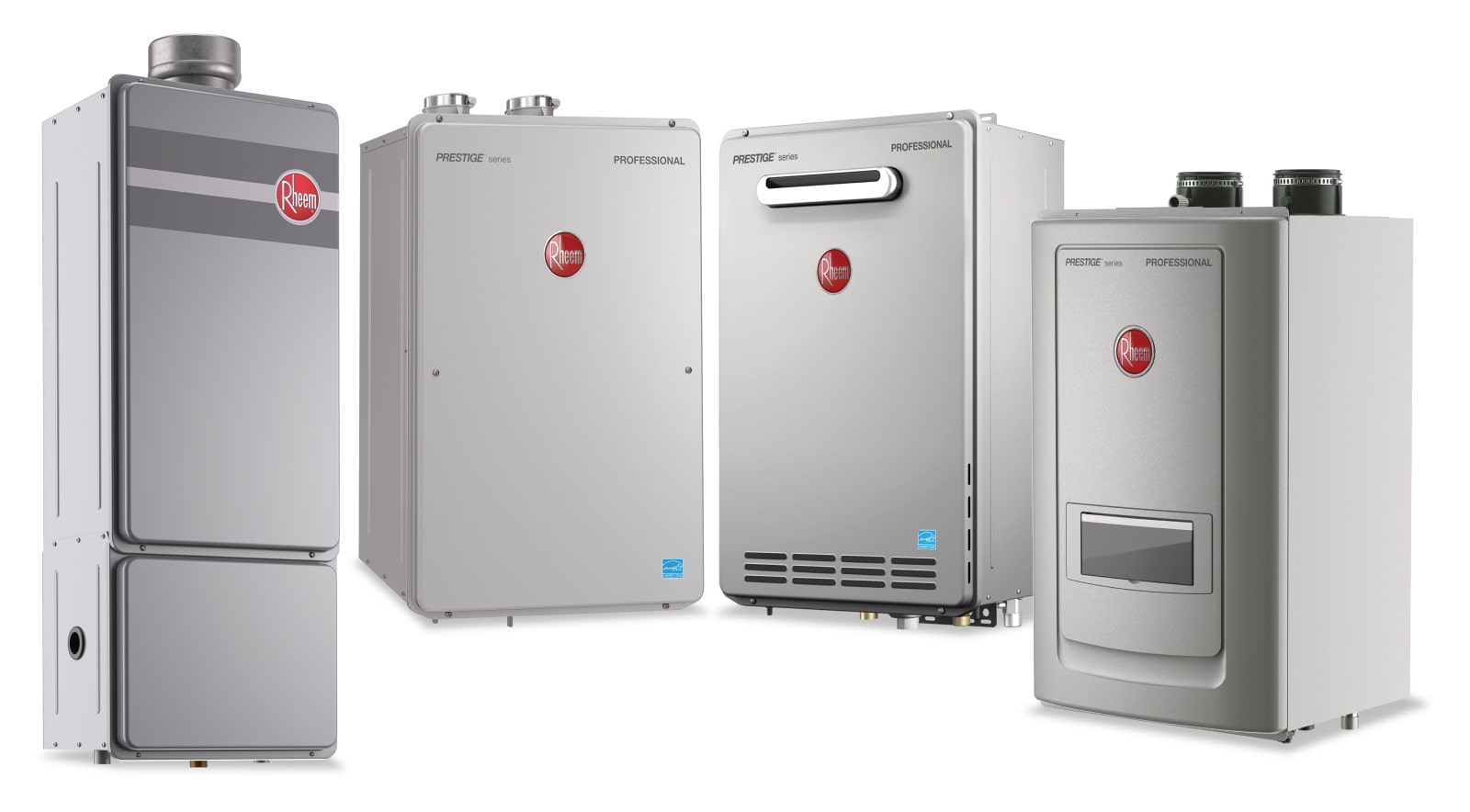
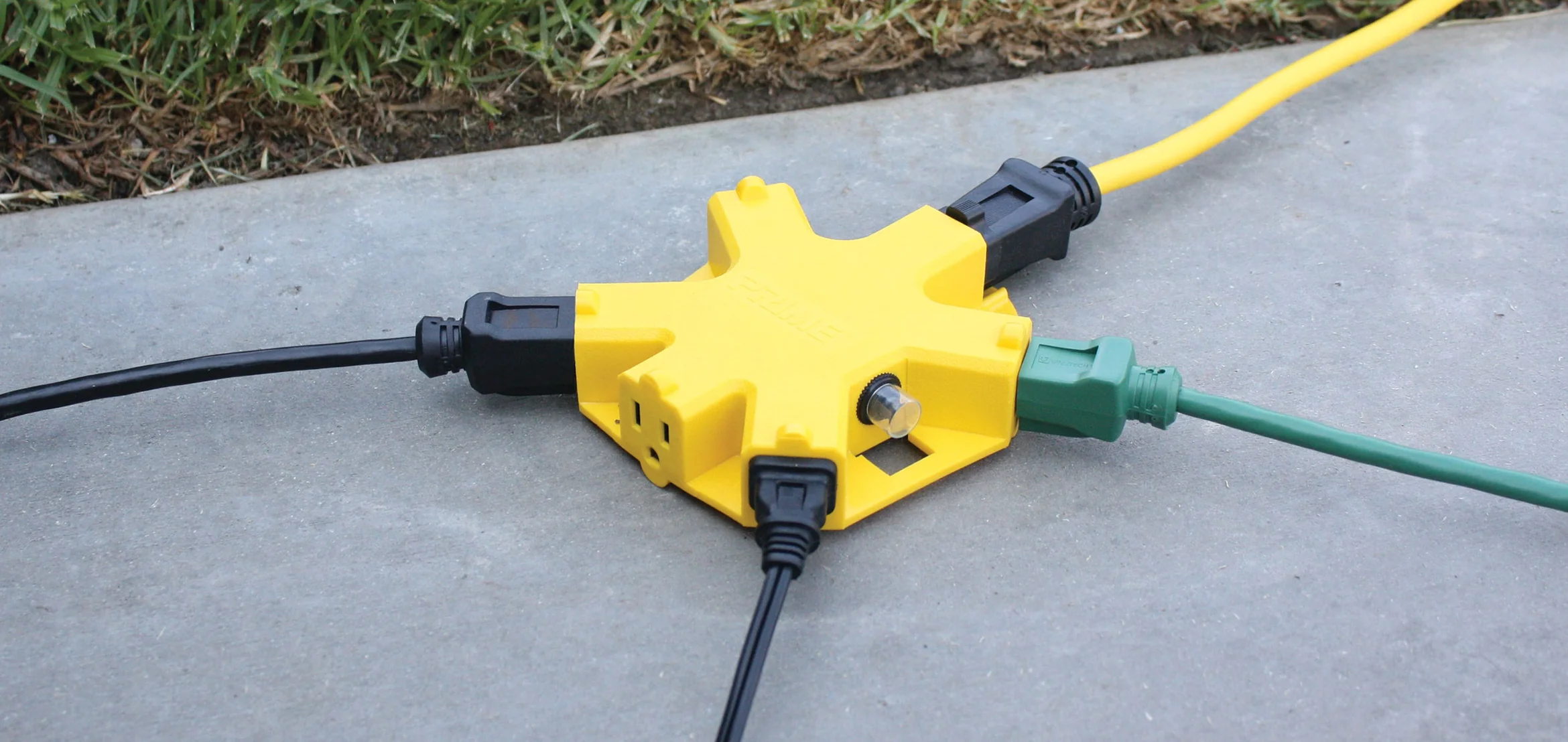
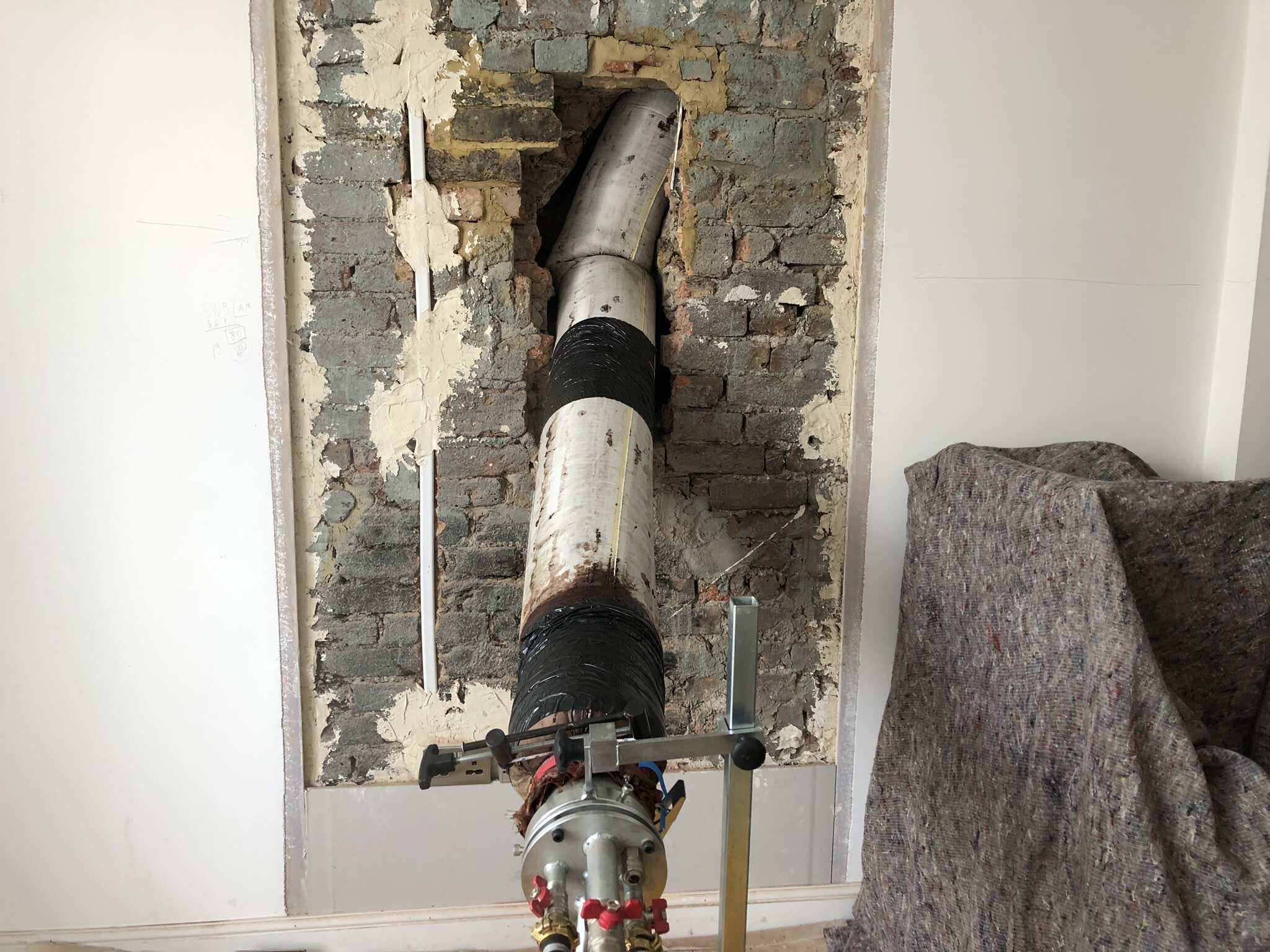

0 thoughts on “What Size Pump Do I Need For My Water Fountain”